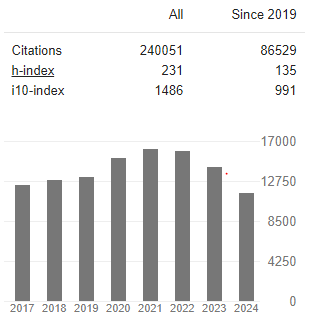NK/T Cell Lymphoma, Nasal Type: a Case Report
Abstract
Amabelle Trina Gerona
Extranodal NK/T cell lymphoma, nasal type is a rare, clinically aggressive, locally destructive and necrotizing disease. It represents 7-10% of all non-Hodgkin lymphomas with a 1-year survival rate of 40%. This case will be the first reported case in the Philippines. We report 44 year old Filipino male who presented with one year history of foul smelling left nasal discharge. Physical examination was unremarkable except for ~1 x 1 cm cavity at the soft palate. Several consult done, given nasal drops and antibiotics with no relief of symptoms. Nasopharyngeal CT scan revealed a 5.2 x 3.1 cm soft tissue mass at left nasal cavity extending into the contralateral nasal cavity, no intracranial extension. After three unremarkable nasal biopsies, histopathology revealed round cell neoplasm, with immunohistochemical stains consistent with NK/T cell lymphoma Nasal type localized disease. Metastatic work up were all unremarkable. He then underwent concurrent chemotherapy with Cisplatin and radiotherapy (30cGY). The palatal cavity increased in size to 3 x 3 cm after completion of radiotherapy, however the soft tissue mass decreased in size hence three cycles of VIPD (etoposide, ifosfamide, cisplatin, dexamethasone) was given. Patient remained asymptomatic, with a good performance score. Nasal endoscopy and nasopharyngeal MRI done post-treatment showed no evidence of lesion with stable palatal cavity defect. CT scan of chest however revealed a left upper lobe non-calcified 2cm nodule with bilateral subpleural nodules.
In a rare yet aggressive malignancy such as NK/T cell lymphoma wherein the primary lesion had good response to treatment, a new lung lesion could impose progressive disease such as metastasis. We could either treat patient as a case of progressive disease and subject him to a battery of chemotherapy or we could biopsy the new lesion. Either way, delay in diagnosis cause undue anxiety and uncanny cost to patient. In our case, biopsy was done and indeed it was of infectious in origin. The malignancy responded well to treatment.



